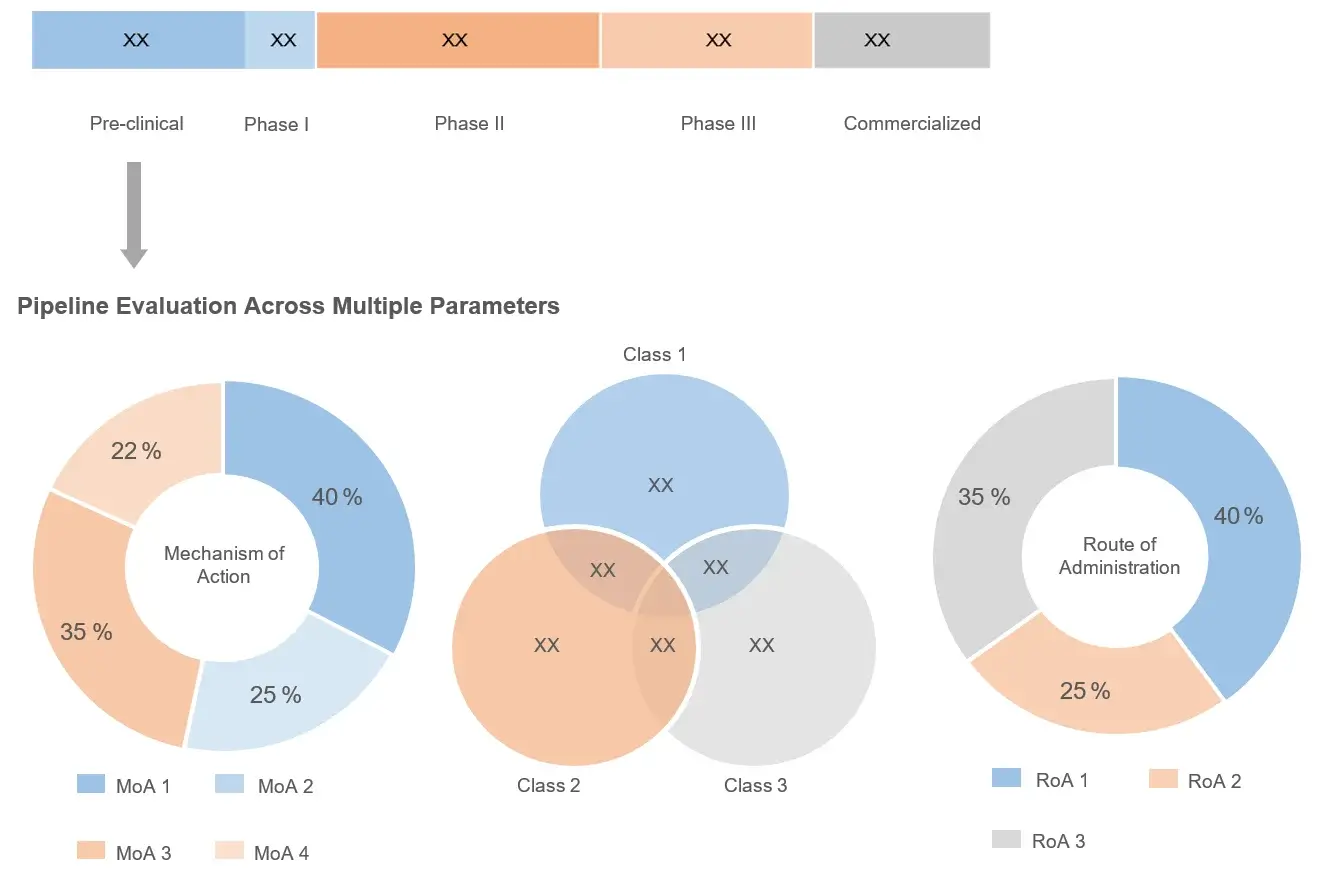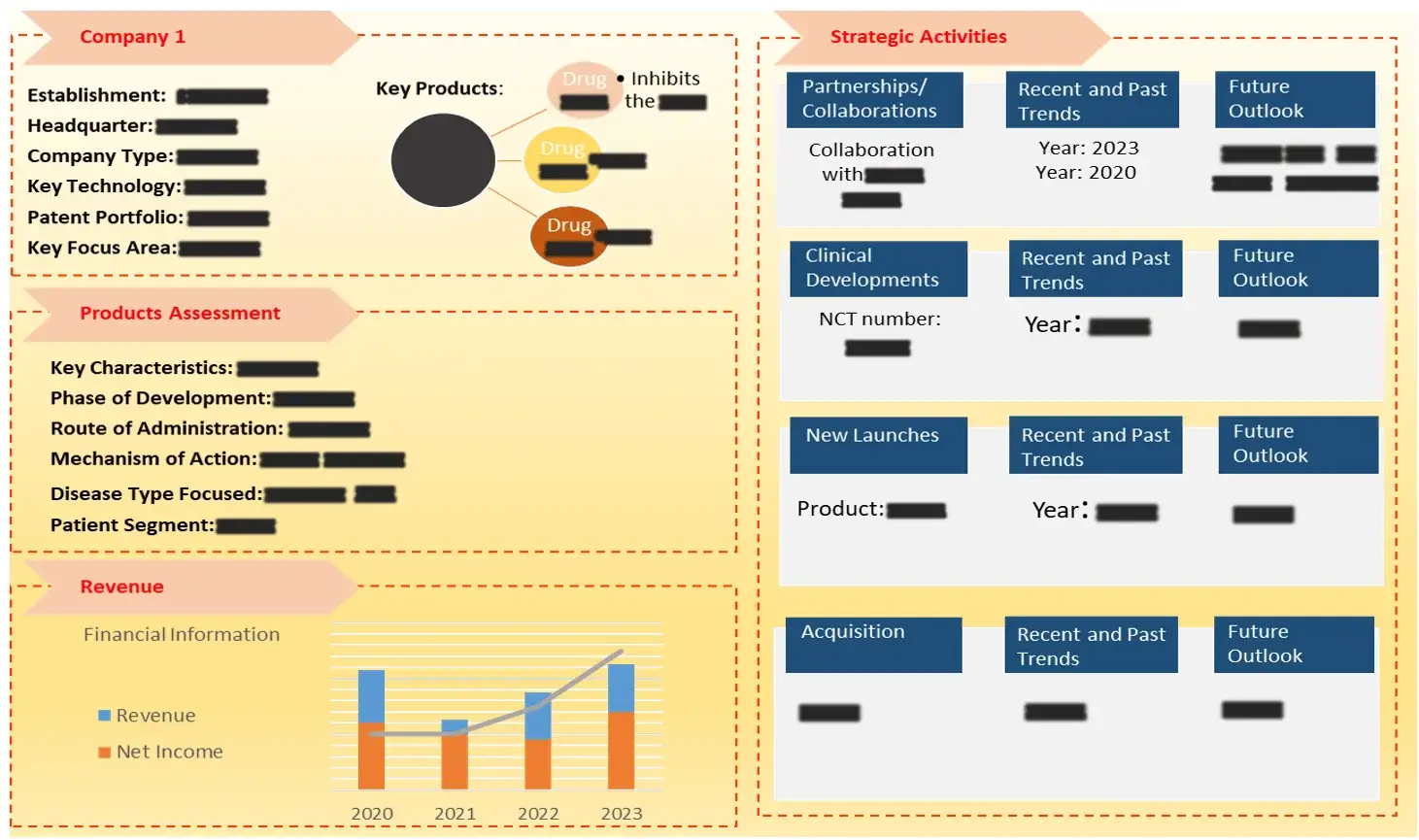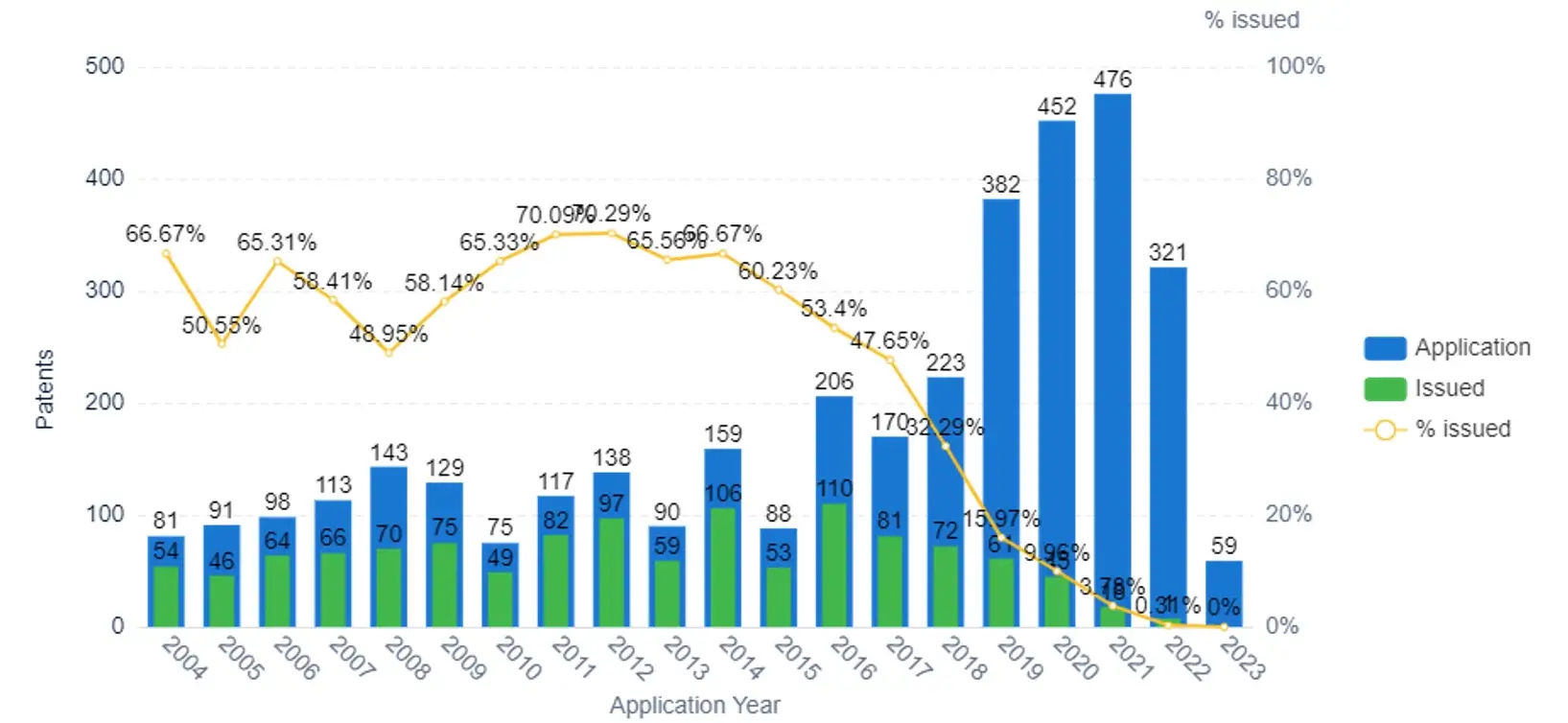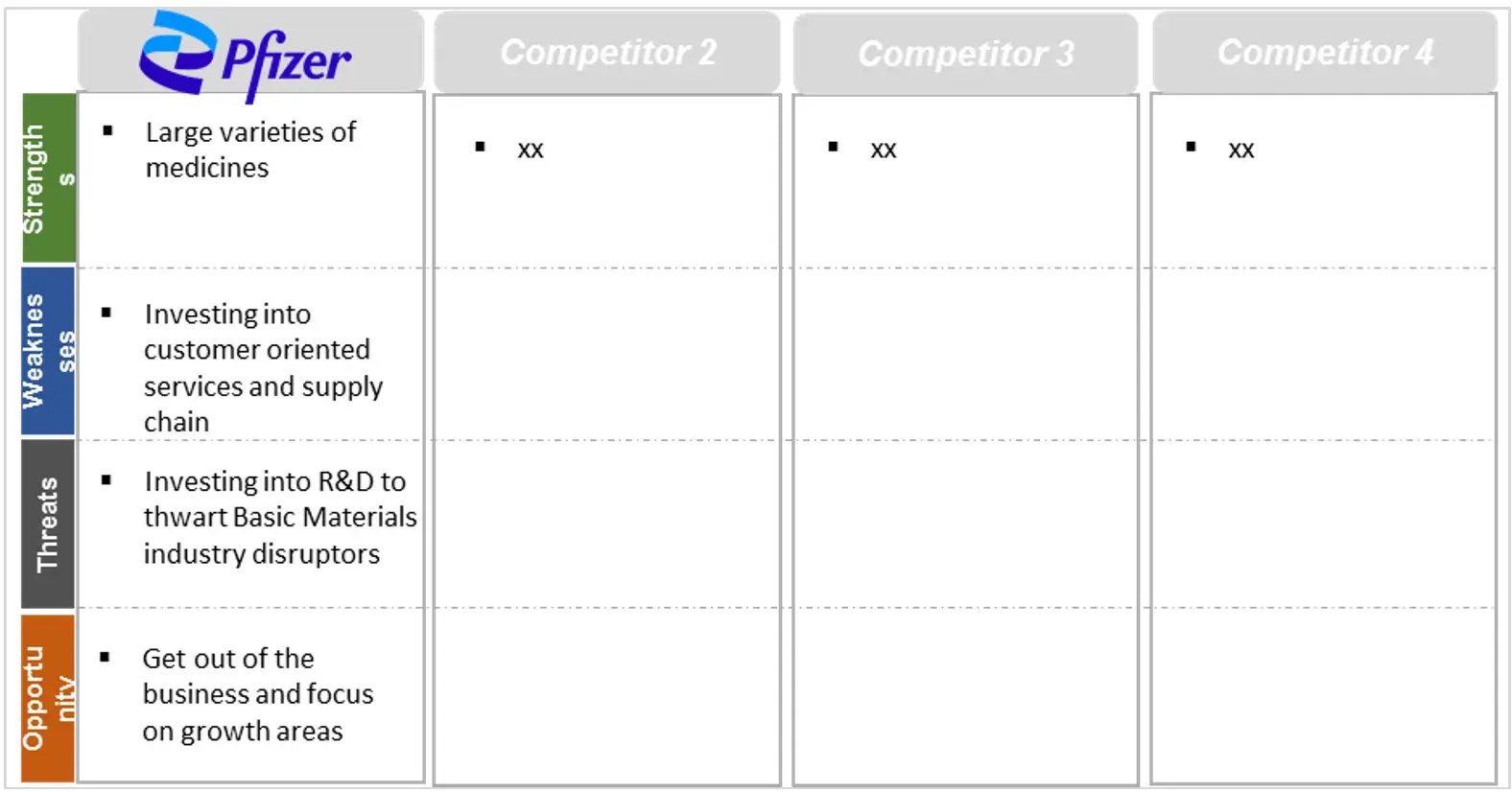Sjogren’s syndrome, an enduring autoimmune disorder characterized by immune-mediated attacks on moisture-producing glands, manifests chiefly as dry eyes and dry mouth, often accompanied by systemic symptoms. This syndrome predominantly afflicts women and can coexist with other autoimmune conditions. While a definitive cure remains elusive, a multifaceted treatment approach has proven effective in alleviating its impact.
Dry eyes, often accompanied by discomfort, burning, and visual disturbances, and dry mouth, contributing to difficulties in swallowing, dental complications, and susceptibility to infections, constitute the hallmark symptoms. Additional manifestations encompass fatigue, joint pain, skin dryness, acid reflux, and neurological issues.
The cornerstone of management involves pharmacological interventions. Prescription-grade eyedrops like cyclosporine and lifitegrast serve to counteract ocular inflammation, restoring eye comfort. Pilocarpine and cevimeline, drugs that stimulate saliva and tear production, address the issue of dry mouth. For those experiencing arthritis-like symptoms, nonsteroidal anti-inflammatory drugs (NSAIDs) and immune-suppressing agents play a pivotal role. Hydroxychloroquine and methotrexate, targeting systemic effects, contribute to comprehensive symptom control.
In select cases, surgical alternatives provide relief. Punctal occlusion, a minor procedure involving the placement of collagen or silicone plugs within tear ducts, prevents tear drainage, thereby preserving moisture.
Due to the inherent variability in symptom presentation and severity among individuals, treatment strategies are tailored to specific manifestations. Prompt and thorough management is imperative to enhance patients’ quality of life and mitigate the risk of complications arising from Sjögren’s syndrome.
In order to evaluate the class competition in the short to mid long term, detailed understanding of the development pipeline is critical for positioning a product in the market
Market Landscape: Sjogren’s Syndrome: Example Illustration: Distribution by Pipeline Candidates

Stakeholders developing treatment solutions for Sjögren’s Syndrome are captured, featuring information on financials, product portfolio, and recent developments.

Patent analysis provides invaluable insights into the innovative developments and emerging technologies in the field of Sjögren’s Syndrome, allowing for a deeper understanding of novel treatment approaches.

A number of drugs / therapies have been or are being evaluating in the clinical trials registered across different geographies have advanced to matured phases of development in the last five years
Sjögren’s Syndrome: Clinical Trial Analysis
Example Illustration 1: Distribution by Key Geographical Areas

Example illustration 2: Distribution of Clinical Trials by Status:
Owing to the fact that multiple drug candidates are approved and encouraging clinical results, the market is distributed across different segments and expected to witness significant growth during the next decade.

Owing to the fact that there are multiple companies working in the area of Sjögren’s Syndrome there can be potential competitors in the market that are trying to overpower.

In order to give the most precise estimations and forecasts, Wissen Research uses an extensive and iterative research approach that is focused on reducing deviation. The company blends top-down and bottom-up methodologies for market segmentation and quantitative estimation. In addition, data triangulation, which examines the market from three separate angles, is a recurrent topic present in all of our research studies. Important components of the approach used for all of our studies include the following.:
Preliminary data mining
On a wide scale, unprocessed market data is collected. Continuous data filtering makes sure that only verified and authenticated sources are taken into account. Additionally, data is extracted from a wide range of reports in our repository and from a number of reputable premium databases. We gather information from raw material suppliers, distributors, and purchasers to help with this since understanding the entire value chain is crucial for a thorough understanding of the market.
Surveys, technical symposia, and trade magazines are used to gather information on technical concerns and trends. Technical information focusing on white space and freedom of movement is also obtained from an intellectual property standpoint. Additionally, information on the industry’s drivers, constraints, and pricing patterns is obtained. As a result, a variety of original data are included in the material that is then cross-validated and certified with published sources.
Statistical model
We use simulation models to generate our market projections and estimates. Every study receives a special model that is tailored to it. Data for market dynamics, the technology environment, application development, and pricing patterns are gathered and supplied into the model all at once for analysis. The relative relevance of these factors is investigated, and their impact on the forecast period is assessed, using correlation, regression, and time series analysis. The process of market forecasting combines technological analysis with economic strategies, practical business acumen, and subject expertise.
Econometric models are frequently used for short-term forecasting, but technology market models are typically employed for long-term forecasting. These are based on a confluence of the business environment, regulatory environment, economic projection, and technical landscape. In order to develop global estimates, it is preferable to estimate markets from the bottom up by integrating data from key regional markets. This is required to ensure accuracy and a complete comprehension of the subject. Among the variables taken into account for forecasting are:
scenario for raw materials and supply versus pricing patterns
Regulations and anticipated developments
We give these criteria weights and use weighted average analysis to assess their market influence in order to calculate the anticipated market growth rate.
Data Collection Matrix
Primary research | Secondary research |
|
|
1.1 Overview of Sjögren’s Syndrome
1.1.1 Definition and Classification of Sjögren’s Syndrome
1.1.2 Incidence and Prevalence of Sjögren’s Syndrome
1.2 Epidemiology and Demographics
1.2.1 Sjögren’s Syndrome Incidence by Age and Gender
1.2.2 Geographical Distribution and Ethnic Variations
1.3 Clinical Presentation and Diagnostic Criteria
1.3.1 Key Symptoms and Clinical Manifestations
1.3.2 Diagnostic Tests and Biomarkers
1.4 Pathogenesis and Underlying Mechanisms
1.4.1 Autoimmunity and Immune System Dysregulation
1.4.2 Role of Genetic and Environmental Factors
2.1 Immunological Basis and Disease Subtypes
2.1.1 Autoantibodies and Immune Complexes
2.1.2 Focus on Primary and Secondary Sjögren’s Syndrome
2.2 Organ Involvement and Clinical Heterogeneity
2.2.1 Effects on Exocrine Glands and Mucosal Surfaces
2.2.2 Systemic Manifestations and Multi-Organ Impact
2.3 Diagnostic Approaches and Challenges
2.3.1 Salivary and Lacrimal Gland Function Tests
2.3.2 Histopathology and Imaging Techniques
2.4 Disease Progression and Prognostic Factors
2.4.1 Factors Influencing Disease Severity
2.4.2 Predictors of Complications and Long-Term Outlook
3.1 Symptomatic Management
3.1.1 Artificial Tears and Moisture Retention
3.1.2 Salivary Substitutes and Lubricants
3.2 Immunomodulatory Therapies
3.2.1 Disease-Modifying Anti-Rheumatic Drugs (DMARDs)
3.2.2 Biologic Agents and Targeted Immunotherapy
3.3 Novel Therapeutic Approaches
3.3.1 Emerging Small Molecule Inhibitors
3.3.2 Cellular and Gene Therapies
4.1 Global Sjögren’s Syndrome Market Overview
4.1.1 Market Size and Growth Trends
4.1.2 Regional Distribution and Patient Demographics
4.2 Market Trends and Innovations
4.2.1 Advances in Sjögren’s Syndrome Treatment
4.2.2 Patient-Centric Care and Digital Health Solutions
4.3 Market Drivers and Challenges
4.3.1 Regulatory Landscape and Reimbursement Factors
4.3.2 Patient Awareness and Access to Care
5.1 Ongoing Clinical Trials and Investigational Studies
5.1.1 Pipeline Overview and Therapeutic Targets
5.1.2 Trial Progress and Patient Enrollment Status
5.2 Promising Therapies in Development
5.2.1 Emerging Drug Candidates and Mechanisms of Action
5.2.2 Potential Impact on Disease Management
6.1 Leading Companies in Sjögren’s Syndrome Therapeutics
6.1.1 Key Players and Market Share
6.1.2 Research and Development Initiatives
6.2 Company Profiles
6.2.1 Business Overview and Product Portfolios
6.2.2 Collaborations, Partnerships, and Licensing Agreements
6.3 Market Dynamics and Competition
6.3.1 SWOT Analysis and Competitive Strategies
6.3.2 Market Entry Barriers and Future Outlook
7.1 Key Patents in Sjögren’s Syndrome Research
7.1.1 Patent Categories and Innovations
7.1.2 Intellectual Property Trends and Notable Inventors
7.2 Patent Analysis and Landscape Overview
7.2.1 Global Patent Trends and Filing Activities
7.2.2 Patent Enforcement and Legal Challenges
8.1 Projected Growth and Market Forecast
8.1.1 Revenue Projections and Market Potential
8.1.2 Growth Opportunities and Emerging Markets
8.2 Future Trends and Innovations
8.2.1 Personalized Medicine and Targeted Therapies
8.2.2 Novel Approaches in Disease Monitoring and Management
9.1 United States Market Size
9.1.1 Total Market Size of Sjögren’s Syndrome in the United States (2023-2033)
9.1.2 Market Size of Sjögren’s Syndrome by Treatment Modalities in the United States (2023-2033)
9.2 Europe Market Size
9.2.1 Total Market Size of Sjögren’s Syndrome in Europe (2023-2033)
9.2.2 Market Size of Sjögren’s Syndrome by Therapies in Europe (2023-2033)
9.3 Asia-Pacific Market Size
9.3.1 Total Market Size of Sjögren’s Syndrome in Asia-Pacific (2023-2033)
9.3.2 Market Size of Sjögren’s Syndrome by Therapies in Asia-Pacific (2023-2033)
S.no | Key Highlights of Report | |
1. | Patent Analysis | · Top Assignee · Geography focus of top Assignees · Assignee Segmentation · Network analysis of the top collaborating entities in Sjögren’s Syndrome patent applications · Technology Evolution · Key Patents · Application and Issued Trend · Key technology |
2. | Market analysis | · Current Treatment Options · Emerging Therapies and Research Developments (by product analysis and scientific analysis) · Strategic activities · Therapeutic activity of drugs · Company portfolio |
3. | Clinical Trails | · Analysis of clinical trial through graphical representation · Coverage of treatments from pre-clinical phases till commercialization (also including terminated and completed studies) |
4. | Forecast | · Detailed comprehension of the historic, current and forecasted trend of market by analysis of impact of these treatments on the market |
5. | Key Players | · Detailed profiles of the key players that are engaged in the development of approved drugs |
6. | Strategic activities of companies | · Collaboration/Mergers/Agreements/Partnerships/Acquisitions taken place by analyzed companies |
7. | Opportunity Analysis | · Technology evolution based on problem solution · Potential licensees · Geography of suppliers · Treatment trends |
8. | KOLs | · A detailed analysis and identification of the key opinion leaders (KOLs), shortlisted based on their contributions |
9. | SWOT | · SWOT analysis for treatments · Market Access |
10. | Drivers and Barrier | · Unmet needs · Drivers and barriers · Opportunity for new treatments |
LIST OF FIGURES
Figure number | Description |
Figure 1 | Terminology of Sjögren’s Syndrome Over The Years |
Figure 2 | Sjögren’s Syndrome Treatment– History and Present |
Figure 3 | Projection of Sjögren’s Syndrome till 2033 in different geographies |
Figure 4 | Technology Categorization Of Drug Delivery Methods For Sjögren’s Syndrome |
Figure 5 | Recent Technology Trends in Sjögren’s Syndrome |
Figure 6 | Technology Evolution in Drug Delivery Market of Sjögren’s Syndrome |
Figure 7 | Geographical Distribution of Patents of Top Assignees |
Figure 8 | Assignee Segmentation (Companies) |
Figure 9 | Assignee Segmentation (Educational Establishment) |
Figure 10 | Patent Based Key Insights Of xx |
Figure 11 | Patent Based Key insights of xx |
Figure 12 | Patent Based Key insights of xx |
Figure 13 | Geographic Distribution of the Universities/Research Organizations Filling Patents On Various Drug Delivery Approaches |
Figure 14 | Key Summary Regarding the Patent Filing On Sjögren’s Syndrome |
Figure 15 | Product Pipeline of Different Approaches with Companies Name |
Figure 16 | Portfolio for Approved Product |
Figure 17 | Clinical Trials Conducted till Date by Different Companies and Universities |
Figure 18 | Clinical Trials based Key Insights |
Figure 19 | Key Growth Drivers for Sjögren’s Syndrome Market |
Figure 20 | Restraints for Sjögren’s Syndrome Market |
Figure 21 | xx Portfolio (Top Player) |
Figure 22 | xx Portfolio (Top Player) |
Figure 23 | xx Portfolio (Top Player) |
Figure 24 | xx Portfolio (Top Player) |
Figure 25 | xx Portfolio (Top Player) |
Figure 26 | xx Portfolio (Start-up) |
Figure 27 | xx Portfolio (Start-up) |
Figure 28 | xx Portfolio (Start-up) |
Figure 29 | Strategic Activities Including Collaboration, Partnerships and Acquisitions |
Figure 30 | Research Methodology for Patent, Selection and Analysis |
Figure 31 | Research Methodology for Scientific Literature, Selection and Analysis |
Figure 32 | Research Methodology for Clinical Trials, Selection and Analysis |
LIST OF GRAPHS
Graph number |
Description |
Graph 1 | Number of people worldwide with Sjögren’s Syndrome |
Graph 2 | Problem Solution Analysis |
Graph 3 | Top Assignees in Sjögren’s Syndrome |
Graph 4 | Technology Focus of Top Assignees (IPC-CPC Classes) |
Graph 5 | Top Countries of Origin of Patents |
Graph 6 | New entrants in drug delivery field |
Graph 7 | Legal Status |
Graph 8 | Most Cited Patents |
Graph 9 | Patents with Largest Invention Families |
Graph 10 | Most Claim-Heavy Patents |
Graph 11 | Filing Trends |
Graph 12 | Literature Filling Trend During Time Period (2018 – 2023) |
Graph 13 | Clinical Trial Filing Timeline |
Graph 14 | Recruitment Status of the Clinical Trials Related to the Different Drug Delivery Approaches |
Graph 15 | Clinical Trials Phases with Respect to Specific Drug Delivery Approach |
Graph 16 | Weighted Scores for Top 64 Players According to Benchmarking Criteria |
Graph 17 | Sjögren’s Syndrome (CAGR: 2023-2033) |
Graph 18 | Sjögren’s Syndrome Market Share: Distribution by Key Geographical Area, 2023-2033 |
LIST OF TABLES
Table number | Description |
Table 1 | Parameters included and excluded for conducting the analysis |
Table 2 | Technology Classes with Definitions |
Table 3 | Patent Litigation |
Table 4 | Highest Market Valued Patents |
Table 5 | SWOT Analysis of Top 3 Players |
Table 6 | Parameters and their score for Benchmarking |
Table 7 | Weighted scores for top 5 players according to benchmarking criteria |
© Copyright 2024 – Wissen Research All Rights Reserved.